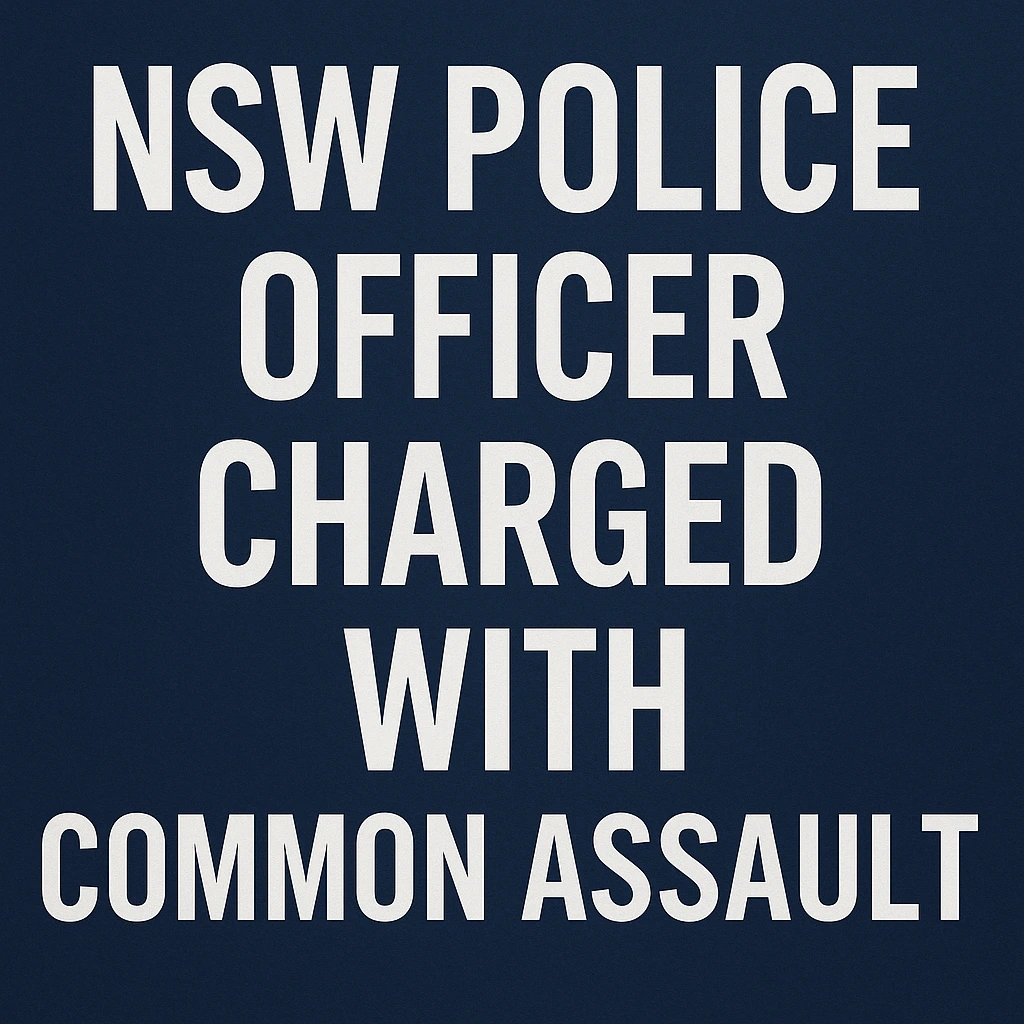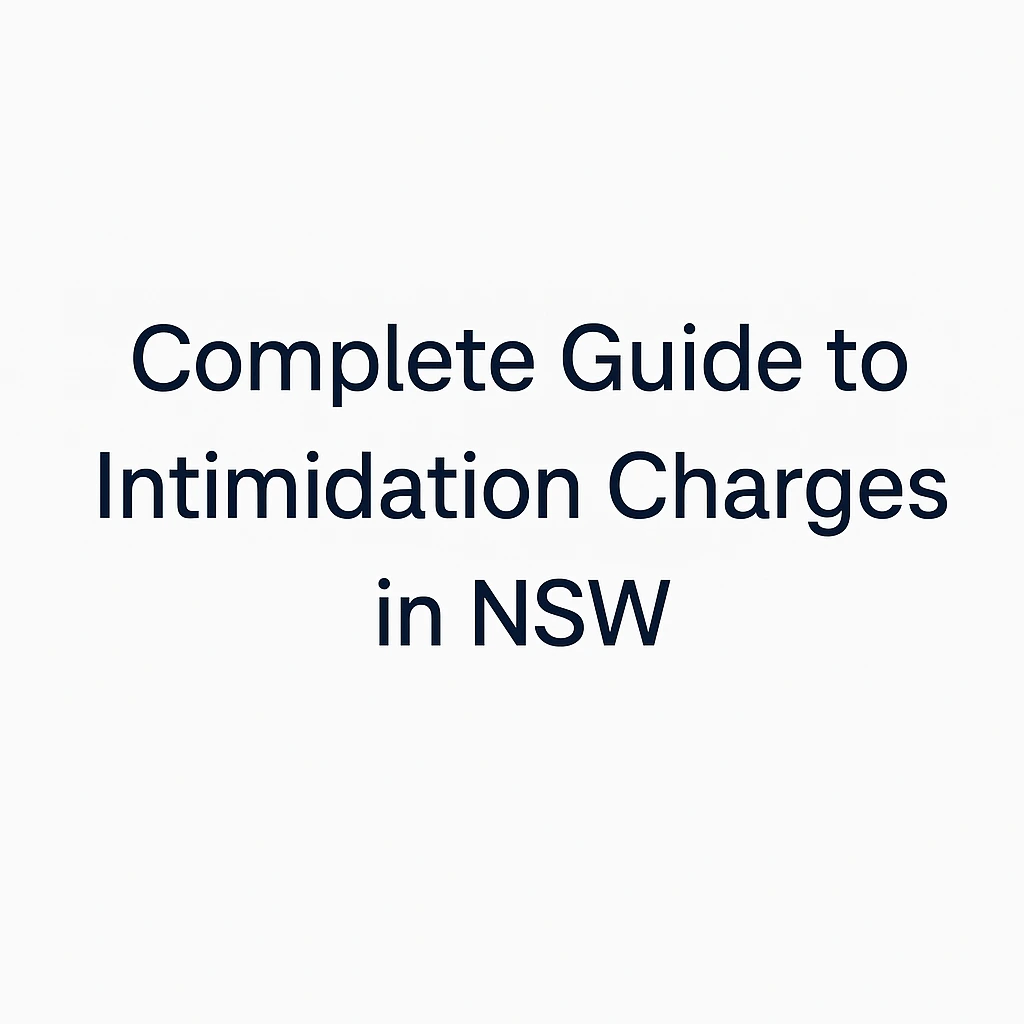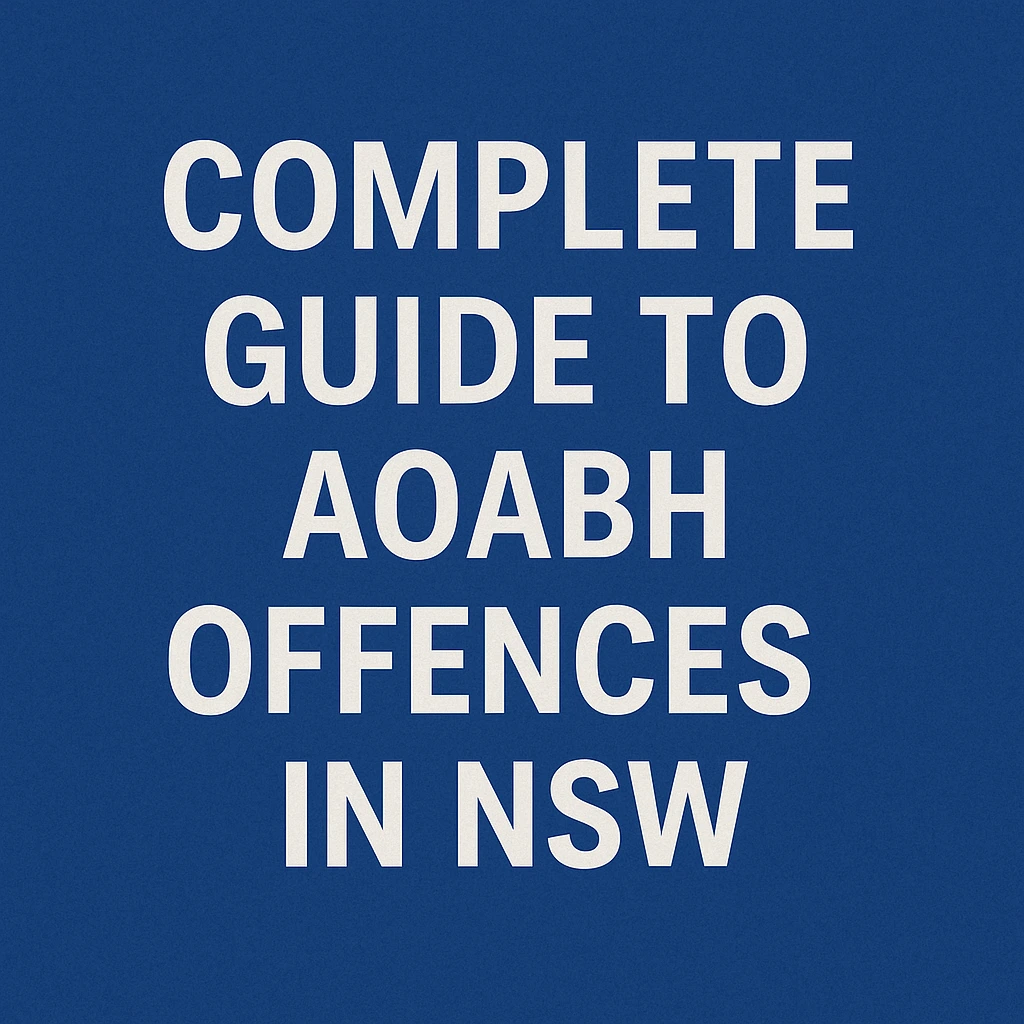What Is a Show Cause Offence?
Under Section 16B Bail Act 2013 (NSW), certain offences are classified as show cause offences. This means that when a person is charged with one of these offences, the burden shifts — the accused must show cause as to why their detention is not justified.
The Bail Act 2013 (NSW) does not define what satisfies the show cause test. Instead, the courts have developed guidance based on common law principles.
Factors That May Show Cause
Courts may accept a single factor, or a combination of factors, as sufficient to show cause. These can include:
-
Weakness in the prosecution’s case
-
Delay in court proceedings or hearing
-
Health conditions of the accused
-
Youth or vulnerability of the accused
-
Lack of prior criminal record
-
Strength of proposed bail conditions
-
Availability of a surety or guarantor
According to Parramatta Criminal Lawyers at AMA Legal, these factors must be presented persuasively to demonstrate that ongoing detention is not justified in the specific circumstances of the case.
What Happens if the Offence Is Not a Show Cause Offence?
If the charge is not classified as a show cause offence, then the onus is on the prosecution, who must demonstrate — on the balance of probabilities — that bail should be refused due to one or more unacceptable risks, such as:
-
Failing to appear in court
-
Committing a serious offence while on bail
-
Endangering the safety of victims or the community
-
Interfering with witnesses or obstructing the course of justice
Even if an offence is a show cause offence, the Court must also consider these risks after the show cause hurdle is overcome.
Common Show Cause Offences in NSW
Some of the most common show cause offences include:
-
Offences punishable by life imprisonment
-
Serious indictable offences allegedly committed while the accused is already on bail or parole
A serious indictable offence refers to any offence punishable by a term of 5 years or more in prison.
How to Show Cause – What the Courts Look For
According to Criminal Defence Lawyers Parramatta, the Bail Act does not provide an exhaustive list of what constitutes cause. The courts consider the totality of the circumstances when assessing whether cause has been shown.
Key examples include:
1. Weakness of the Prosecution Case
A weak case — where the likelihood of conviction is low — may be persuasive in showing that continued detention is not justified. While not decisive on its own, it can carry significant weight when combined with other factors.
2. Delays in Court Proceedings
If the accused is likely to spend a long time in custody awaiting trial, especially for offences unlikely to result in a long custodial sentence, this delay can show cause.
3. Unlikelihood of a Custodial Sentence
Where the offence — even if proven — is unlikely to result in full-time custody, the Court may accept that continued detention is not justified and cause has been shown.
4. Hardship to Family Members
Demonstrating that continued detention imposes substantial hardship on dependents or family members of the accused may show cause, especially where children or vulnerable persons are involved.
5. Health Issues of the Accused
Medical conditions that cannot be properly managed in custody may amount to cause being shown particularly when supported by medical reports.
6. Strong Community Ties
Evidence of employment, family support, or community involvement may be considered in favour of showing cause.
According to Parramatta Criminal Lawyers at AMA Legal, show cause applications require careful preparation. Each case is unique, and the Court’s decision is depended on the quality of evidence and submissions presented.
Need Help With a Bail Application?
If you or a loved one is charged with a show cause offence in NSW, our Parramatta Criminal Lawyers can assist.
Call AMA Legal on (02) 8610 3764 to speak with a criminal defence lawyer Parramatta.





